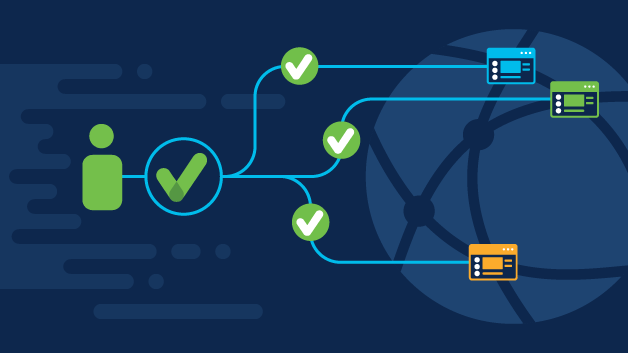Single sign-on (SSO) is a form of authentication that allows users to access multiple applications and services on a network with a single set of credentials. This type of authentication helps to simplify user experience, as users no longer need to remember multiple usernames and passwords for all of their accounts. Additionally, it reduces the risk of users forgetting their credentials, as they only have one set to remember. If you want to know more details regarding Single Sign-On Security you may visit Proofid.

Image Source : Google
Despite its convenience, SSO authentication can present a security risk to a network if not implemented correctly. Without adequate security measures in place, attackers could gain access to valuable data or other resources. To prevent this from happening, organizations should take steps to ensure that their SSO authentication system is secure.
First, it’s important to deploy strong authentication measures when setting up the SSO system. This can include two-factor authentication, biometrics, or other forms of multi-factor authentication. This will help to ensure that only authorized users are able to gain access to the network.
In addition, organizations should ensure that their SSO system is regularly monitored. Regular monitoring allows organizations to detect any suspicious activity and address it quickly. Additionally, organizations should also use encryption to protect the data that is transferred through the SSO system. This will help to ensure that the data remains secure and confidential.
Finally, organizations should consider using a single sign-on platform that offers role-based access control. This type of access control allows organizations to restrict access to certain applications and services based on a user’s role within the organization. This helps to prevent unauthorized users from gaining access to sensitive data or other resources.